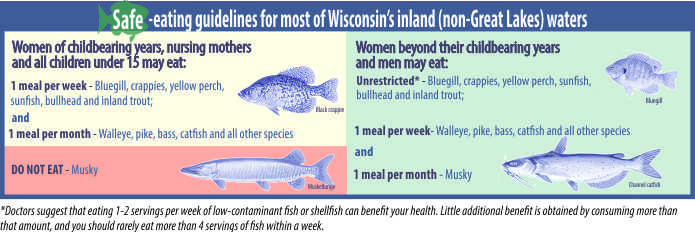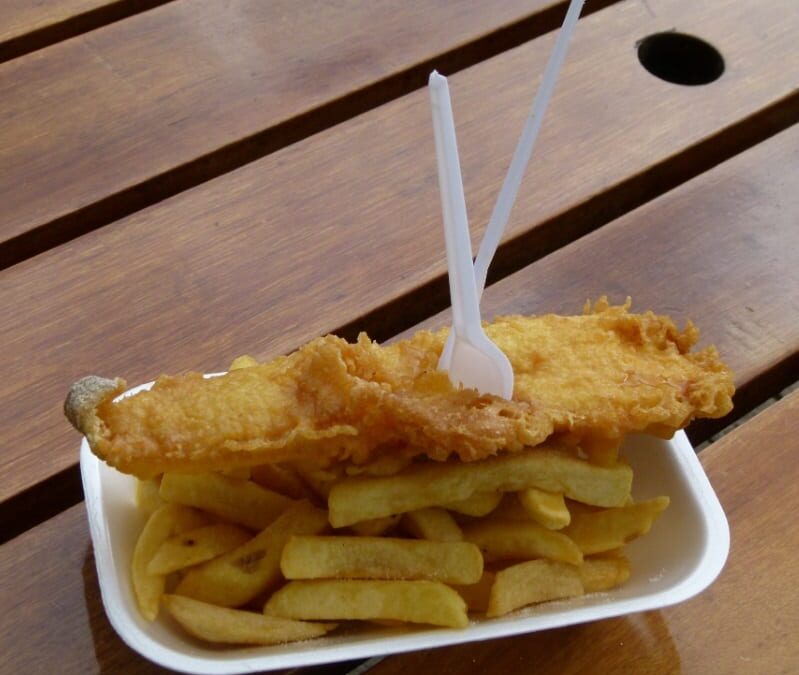I recently received notification that Indiana Department of Environmental Management (IDEM) had updated their 303(d) list, a water quality testing list used to identify and prioritize waterbodies not meeting water quality standards. I searched for waterbodies in Marshall County and was unpleasantly surprised to see Lake Maxinkuckee made the list. There are multiple reasons why a waterbody is included on the list and the reason for Maxinkuckee is:
Total Mercury (Fish Tissue)
Total mercury is made up almost entirely of methylmercury, which can become concentrated in fish tissue up through the food chain as smaller fish are successively consumed by bigger fish. IDEM evaluates total mercury concentrations in fish tissue to identify waters in which average concentrations might pose a human health risk if fish from that waterbody are consumed over long periods of time or by sensitive populations such as children or women of child-bearing age. A listing for “Total Mercury (Fish Tissue)” on Indiana’s 303(d) list means IDEM is showing the average concentration of mercury in fish tissue exceeds the level recommended by U.S. EPA for human consumption.

Mercury is an element that occurs in rocks and soils naturally. Mercury is released to the atmosphere when power plants burn coal, from some chemical manufacturing plants and incinerators and when mercury containing products are not disposed of properly.
Mercury accumulates throughout the fish, including the part that you eat. Therefore, trimming, skinning and cooking do not reduce mercury levels in fish. You can reduce your mercury intake by eating small fish, choosing fish species that have less mercury and avoiding some species from lakes where higher concentrations of mercury have been found. ~ Wisconsin DNR
I was happy to see that it wasn’t for other reasons like e. coli, nutrients or phosphorous, but was still curious. I didn’t know if this was a new impairment or something that has been there for years so I did a little digging.
I contacted DNR Fisheries Biologist District 1, Tom Bacula. He checked the fish contaminants advisory and reported that Lake Maxinkuckee doesn’t seem to have anything major standing out. He reached out to the fish contaminant contact who said when they tested the fish in 2013 there was no contaminant issue. His advice was this was not anything to worry about, nor is there any way to remediate the issue. He stated that the work we are doing in the Kline Wetland and our education outreach are the most important items to continue to do to preserve the water quality in the lake.
I also spoke with Herb Manifold of EcoSystems Connections. He hypothesized that most lakes in Indiana should probably be on the list for mercury but clarified, not being on the list doesn’t indicate the absence of mercury in fish tissue, just that it probably hasn’t been tested. He also said, in his opinion, this was not an issue to worry about.
To be safe, please do your own research, follow safe eating guidelines and decide what is best for you and your family.

Questions and answers about eating fish | Wisconsin DNR
EPA Guidelines for Eating Fish
Choose Wisely – A Health Guide for Eating Fish in Wisconsin
“Somebody just back of you while you are fishing is as bad as someone looking over your shoulder while you write a letter to your girl.”
Ernest Hemingway

Hi, I’m Debbie Palmer. I received a BS in Horticulture from Purdue University. Here at LMEF, I am responsible for outreach presentations, monitoring the lake and it’s wetlands, project manager for restoration and research projects, and act as a community resource for all things related to the well-being of Lake Maxinkuckee and its surrounding watershed. I completed Indiana Watershed Leadership Academy, volunteer with the Indiana Clean Lakes Program, Hoosier River Watch and Marshall County Lakes and Waters and serve as a Board Member for Indiana Lakes Management Society.


Recent Comments